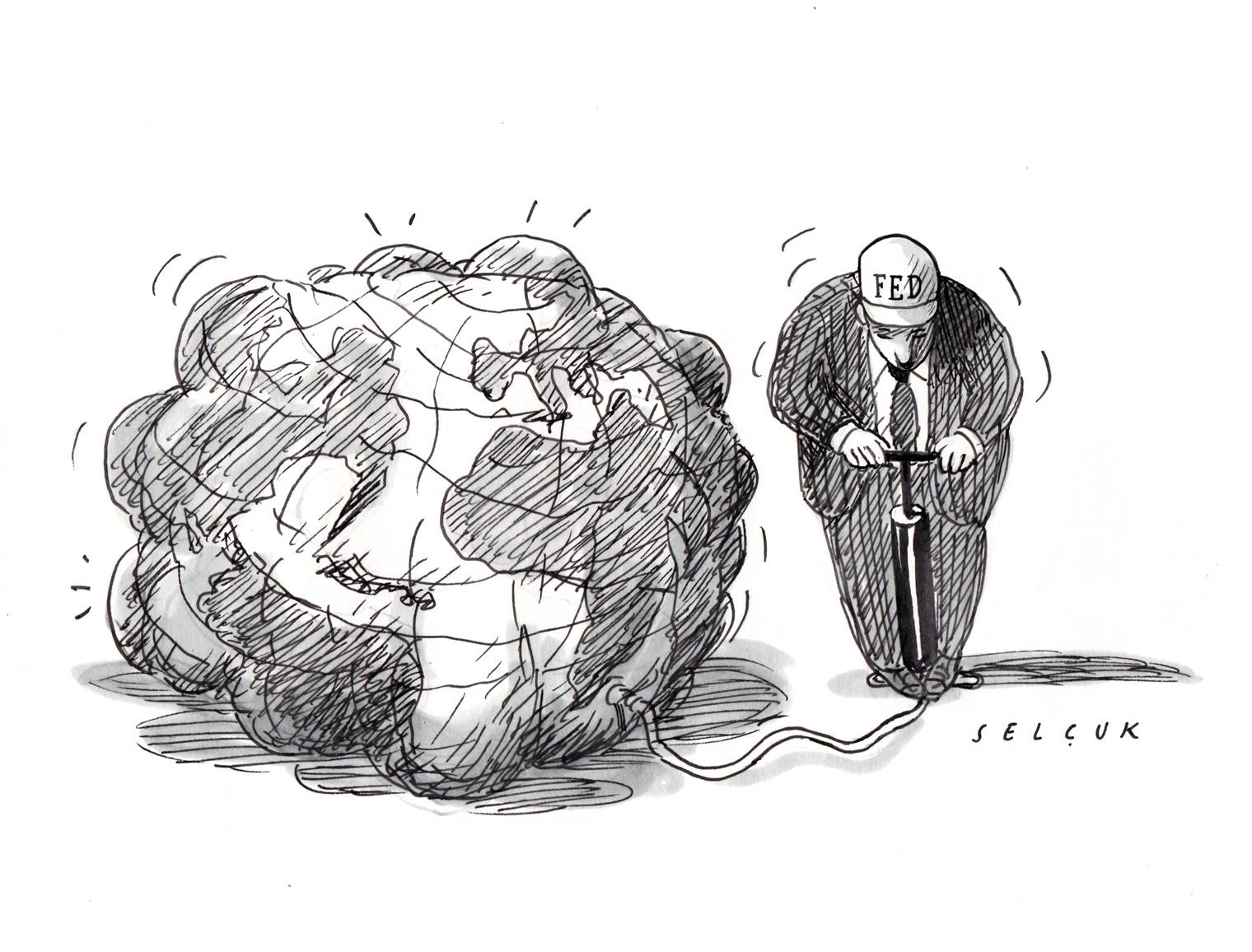With the SPX up ~8% in just the last month, increasingly nervous investors who still vividly recall the freefall days of December 2018, are wondering what will stop the unrelenting rally according to JPMorgan's Adam Crisafulli who writes this morning that while there are always risks, none of the (known) ones seem particularly threatening at the moment.
Still, according to the JPM strategist, investors should be wary about chasing the SPX above 16x (i.e. above ~2750) but the index is more likely to touch 16.5x (>2800) than it is to hit 15x (<2600) based on everything known right now.
With that modestly bullish bias in mind, Crisafulli lists 14 things that can go wrong and send stocks sliding once more.
- TSYs and the USD fail to ratify the Fed optimism – at some point the TSY curve needs to steepen and the USD has to weaken in order to confirm the dovish takeaways from the recent Fed decision. If TSY yields fall across the board (or even worse, if the curve flattens) and/or the USD sta





